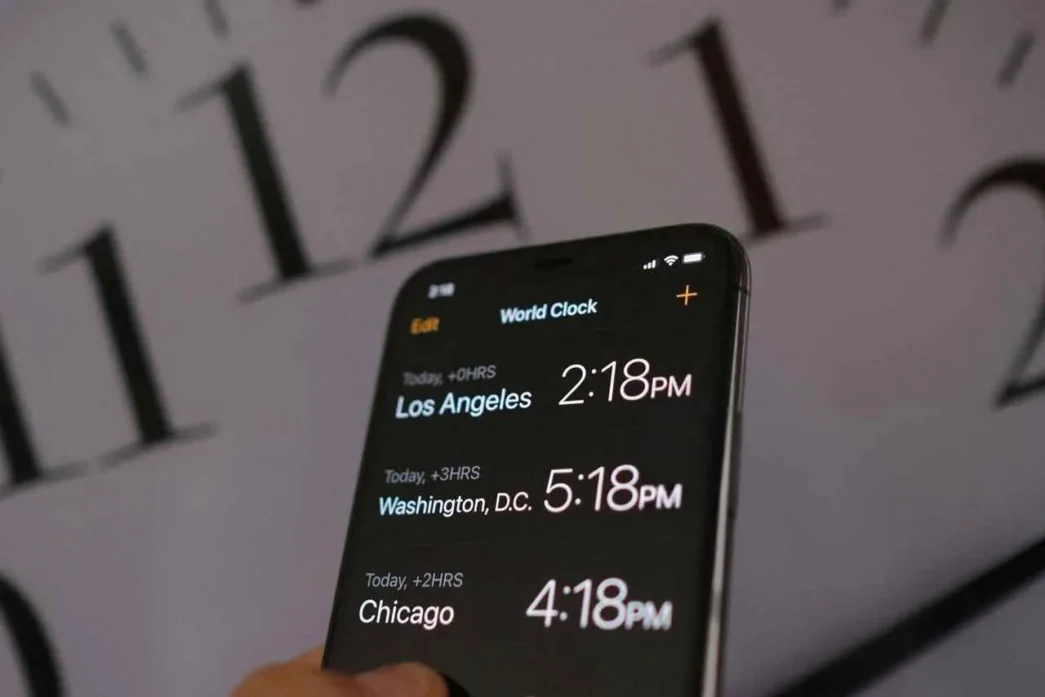Introduction: The Biannual Ritual Returns
Daylight Saving Time Begins at 2:00AM, March 9th 2025 Sunday
The countdown has begun for our biannual clock change ritual. Daylight Saving Time begins on Sunday, March 9, 2025, at 2:00 A.M., when we’ll all need to adjust our time pieces forward by one hour. As we sleep, our clocks will “spring forward,” shifting daylight from the morning to the evening and effectively robbing us of an hour of precious sleep. This seemingly simple act of changing our clocks affects nearly 300 million Americans and billions of people worldwide, influencing everything from our sleep patterns and health to energy consumption and economic activity.
Whether you’re a fan of the extra evening sunlight or dread the temporary sleep disruption, understanding the ins and outs of this time-honored practice can help you navigate the transition more smoothly. Let’s explore everything you need to know about Daylight Saving Time and how to prepare for the upcoming time adjustment.
The History and Purpose Behind Daylight Saving Time
- Extended evening daylight for recreational activities
- Reduced traffic accidents and crime during evening hours
- Economic benefits for retail, sports, and tourism industries
- Alignment of human activity patterns with daylight hours
When and How to Adjust Your Clocks
- Analog wall clocks and watches
- Car dashboard clocks
- Microwave and oven displays
- Traditional alarm clocks
- Some appliances and home devices
The Health Impact of Daylight Saving Time
The transition to Daylight Saving Time isn’t just a matter of changing numbers on a clock, it can significantly affect our physical and mental health. When we “spring forward,” we essentially experience a form of social jet lag as our internal body clocks struggle to synchronize with the new external time.
- Increased risk of heart attacks and strokes in the days following the change
- Higher incidence of traffic accidents due to sleep deprivation
- Decreased productivity and concentration
- Mood disturbances and increased depressive symptoms
- Disrupted sleep patterns that can last for several days or weeks
Tips for Adjusting to the Time Change
- Prepare gradually: Start adjusting your sleep schedule a few days before the time change by going to bed and waking up 15-20 minutes earlier each day.
- Prioritize sleep hygiene: Create optimal sleeping conditions with a dark, quiet, cool bedroom environment, and limit screen time before bed.
- Get morning sunlight: Exposure to bright light in the morning helps reset your circadian rhythm. Aim to spend time outdoors shortly after you wake up each morning.
- Adjust meal times: Gradually shift your mealtimes to align with the new schedule, as eating patterns influence our internal clocks.
- Limit caffeine and alcohol: Both substances can interfere with sleep quality, making it harder to adjust your time schedule.
- Exercise regularly: Physical activity promotes better sleep, but avoid intense workouts close to bedtime.
- Be patient with yourself: Recognize that you might feel more tired or irritable for a few days as your body adjusts to the new schedule.
The practice of changing clocks twice yearly has become increasingly controversial. Many countries have abandoned the practice, and several U.S. states have passed legislation supporting permanent standard time or permanent Daylight Saving Time.
Opponents argue that the biannual time adjust ritual:
- Causes unnecessary health and safety risks
- Creates economic costs through reduced productivity
- Provides minimal energy savings with modern technology
- Disrupts established routines for individuals and families
Supporters counter that permanent Daylight Saving Time would:
- Provide more evening daylight for recreation and commerce
- Potentially reduce energy consumption during peak evening hours
- Align better with modern lifestyles and work schedules
As we prepare to adjust our time pieces for another season of Daylight Saving Time, remember that a little preparation can go a long way toward making the transition smoother. Mark your calendar for March 9, 2025, and start implementing healthy sleep habits now for an easier adjustment when the time comes.
FAQs About Daylight Saving Time
Daylight Saving Time begins at 2:00 A.M. on Sunday, March 9, 2025. At this time, clocks “spring forward” one hour to 3:00 A.M.
Some studies suggest the additional evening daylight may encourage more physical activity and outdoor recreation, potentially improving physical and mental health. However, these benefits must be weighed against the documented negative health impacts of the transition period.















